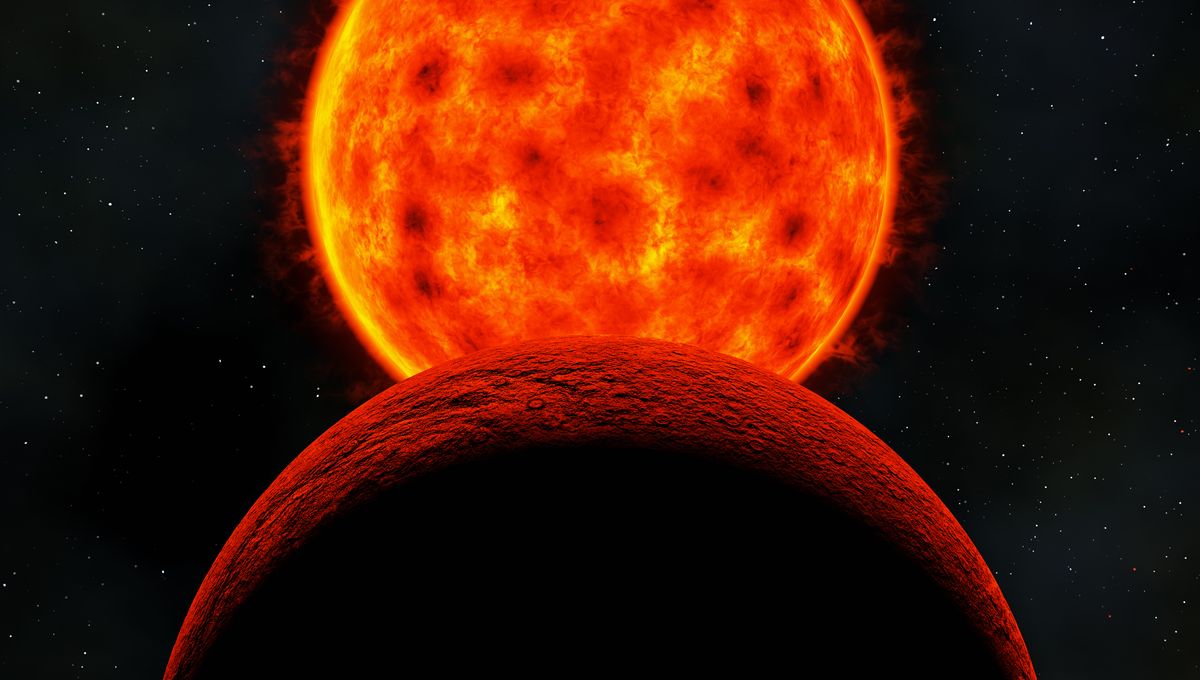
Stars are not solid objects, but turbulent spheres of plasma. The internal motions can be measured as waves pass through them, and those waves – beyond making beautiful sounds – can tell us a lot about the properties of the stars. This is the field of asteroseismology, and researchers were able to apply it to an older and colder star. This technical breakthrough also came with some scientific surprises.
HD 219134 is an orange dwarf 21 light-years from Earth, much cooler and smaller than the Sun, and even more than the usual asteroseismology targets. The stellar songs are more easily listened to in big, bright stars, which have a lot going on inside. The internal motion makes itself known in subtle variations in starlight, so it is not surprising that cold, small stars are not the usual targets.
This work shows that it is not only possible to do this kind of investigation, but it is also very worthwhile. As long as you have the right instruments.
“The vibrations of a star are like its unique song,” lead author Dr Yaguang Li, a researcher at the University of Hawaiʻi at Mānoa, said in a statement. “By listening to those oscillations, we can precisely determine how massive a star is, how large it is, and how old it is.”
The team used the Keck Observatory’s latest cutting-edge instrument, the Keck Planet Finder (KFP). Thanks to KFP, scientists have measured the vibration inside HD 219134 and were able to establish that it is 10.2 billion years old.
Young stars spin very fast, and as they age, they slow down. But stars like HD 219134 tend to plateau after a certain point,t so spin alone is not enough to work out the age. Thanks to this measurement, researchers can now have ways to estimate the age of these stars.
“This is like finding a long-lost tuning fork for stellar clocks,” added Dr. Yaguang Li. “It gives us a reference point to calibrate how stars spin down over billions of years.”
The stellar song also told astronomers that the star is 4 percent smaller than other measurements, which using starlight had suggested. The refinement of the size and mass of the stars allowed astronomers to better estimate the properties of at least five other planets within the system.
Researchers were able to confirm that the two planets of the five orbiting this star have a composition similar to Earth, despite being larger than our world. They are known as super-Earths. If there was life there, we would be able to just how old it would have been around.
“When we find life on another planet, we will want to know how old that life is,” said Dr. Daniel Huber, a co-author on the study. “Listening to the sounds of its star will tell us the answer.”
A paper discussing the findings is published in The Astrophysical Journal.
Source Link: Sounds From Inside A Star Reveal Unexpected Properties Of An Aging Orange Dwarf